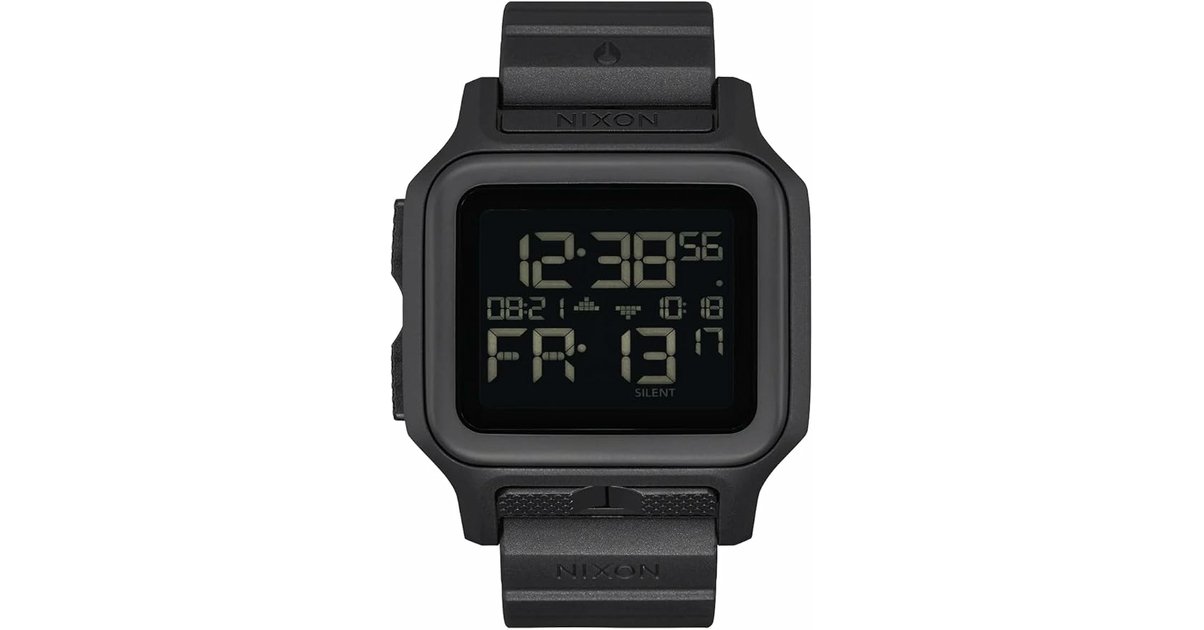I am an amateur hiker and mountaineer, using the Nixon Regulus Expedition for 8 months during weekly mountain outings (snow, rock, extreme temperatures). Choice motivated by its “shipping” positioning and its technical specifications (waterproofing 100m, altimeter, cold resistance).
See the Regulus Expedition and opinions on Amazon
First contact and installation
-
Perceived quality : TR-90 box and impressive stainless steel, thick silicone bracelet (non-slip texture). Sobre packaging, Metal/Liège box type.
-
Handling : Basic interface with 4 physical buttons. Initial intuitive adjustment (<10 minutes) despite an English manual.
-
Adaptation : 2-3 days to get used to weight (74g) and the initial rigidity of the bracelet.
Real test vs promises
-
Performance ::
-
Resistant to -25 ° C (tested in Alps) without screen gel or battery loss.
-
Water: OK in free diving at 5m, but slightly permeable right button after 6 months.
-
Precise altimeter at the nearest ± 50m (verified via IGN maps).
-
-
Key features ::
-
Efficient blue backlight (3S), but insufficient in the middle of the night.
-
Reliable chronometer, ideal for orientation races.
-
-
Disappointment ::
-
Sustainability : Minor stripes on the case after falls on rocks. Intact bracelet despite intensive friction.
Key points for the buyer
-
For whom? Hikers/excursionists need a reliable, unconnected tool.
-
To avoid if : Elegant design search or smart functions (notifications, GPS).
-
Value for money : Correct at 250 € vs G-Shock Mudmaster (700 €), but less versatile than the Suunto Core.
-
Alternative : Casio G-Shock GBX-100 (less robust) or Instinct garmon (connectivity).
Cash verdict
???? 3 strengths ::
-
Extreme resistance (cold, shock, water).
-
Optimal readability In full sun via MLCD screen.
-
Autonomy of 2 years (no stressful recharge).
???? 3 weak points ::
-
Too short backlight and not configurable.
-
Rigid bracelet the first weeks.
-
Utility design not very suitable for everyday life.
Recommended ? Yes, for demanding outdoor sports (mountaineering, trail) seeking a basic and indestructible tool. To flee for urban or technophiles.
→ In short : A mission watch, no decoration.
